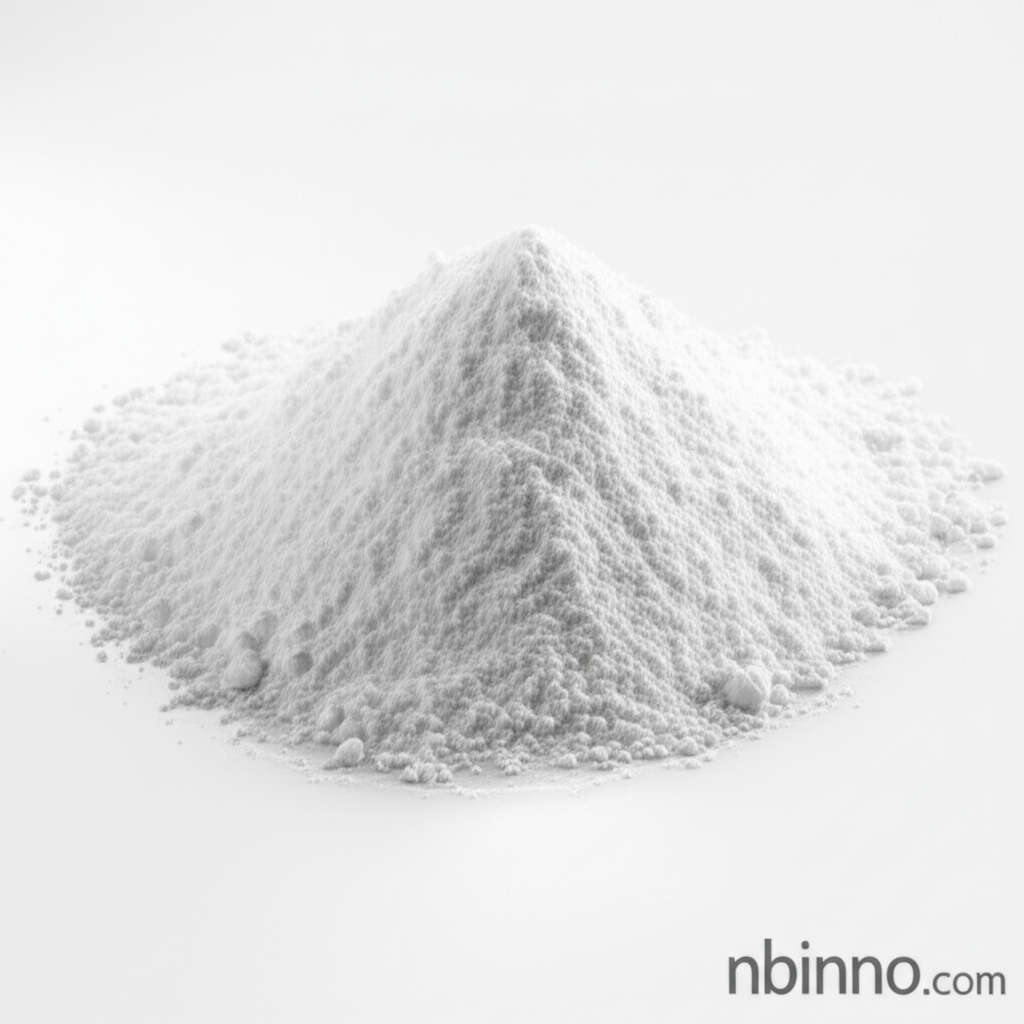Unlock Your Skin's Potential with Advanced Tanning Peptides
Explore the science behind tanning peptides and make informed choices for your wellness journey.
Learn More & Get SampleThe Science of a Sun-Kissed Glow

Tanning Peptide MT2
Discover how synthetic peptides can stimulate melanin production, offering a pathway to achieving a tanned appearance with potentially less sun exposure. Understand the mechanism and benefits associated with these advanced compounds.
- Understand the mechanism of skin darkening with this tanning peptide, and explore its potential benefits for a radiant complexion.
- Learn about the unregulated drug risks associated with synthetic peptides and why informed usage is critical.
- Investigate the melanotan II skin darkening mechanism and its impact on natural pigmentation processes.
- Explore the melanotan II risks, including common side effects and serious health concerns that users should be aware of.
Key Benefits and Considerations
Enhanced Skin Pigmentation
Achieve a desirable tanned look by stimulating melanin production, a key aspect of the melanotan II tanning peptide risks and benefits.
Libido and Appetite Modulation
Explore the reported effects of these peptides on sexual function and appetite suppression, and understand the associated melanotan II side effects.
Reduced UV Exposure Potential
Potentially minimize prolonged UV exposure while still achieving a tanned appearance, but be mindful of the unregulated peptide injections dangers.
Key Applications
Skin Tanning Enhancement
Users seek this peptide for its ability to promote a tanned complexion, making it a focus in discussions about skin darkening.
Sexual Function Support
Research indicates potential effects on sexual arousal, making it a subject of interest in discussions around peptide therapies.
Appetite Regulation
Some users report effects on appetite, contributing to discussions about its role in wellness and weight management.
Cosmetic Skin Treatments
The pursuit of a desired skin tone drives interest, though the melanotan II melanoma risk necessitates caution.
